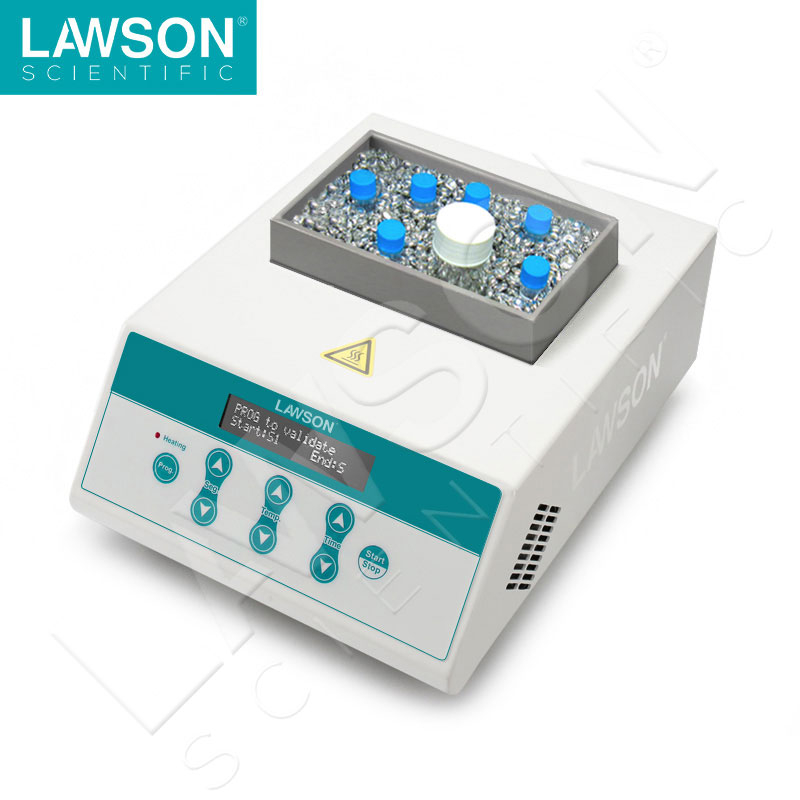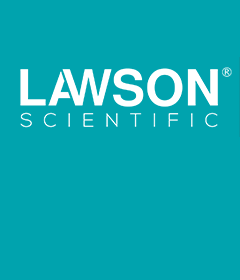Technical
Application of constant temperature bead bath in cell recovery experiments_Simple steps
1. Experiment Name: Cell Recovery
2. Experimental purpose: to restore the activity of cryopreserved cells
3. Experimental principle: Under the ultra-low temperature below -70C, the biochemical reaction inside the organism cells is slow or even terminated. The so-called cryopreservation is to suspend the in vitro culture or biologically active material in a solution with or without cryoprotectant, and reduce it to a certain degree below zero at a certain freezing rate (usually the ultra-low temperature condition below -70°C) , and the process of long-term storage at this temperature. The recovery is to quickly thaw the cells frozen in -196 ℃ liquid nitrogen to 37 ℃, so that the ice crystals in the cells are rapidly thawed, and the ice crystals are prevented from entering the cells when they slowly melt to form recrystallization, which will cause damage to the cells.
4. Experimental steps
1. Preparation before experiment
1). Preheat the bead bath (DHB-200) to 37°C, preheat the culture medium and dispense into a petri dish
2). Centrifuge tubes, pipettes, culture flasks, etc.
2. Take out the cryovial
1). According to the cell cryopreservation record, press the label to find the number of the desired cell.
2). Take out the cell box from the liquid hydrogen tank, take out the required cells, and check the number outside the tube at the same time
3. Quickly thaw
1). Quickly put the cryopreservation tube into the preheated water bath to thaw quickly, and keep shaking the liquid to thaw quickly
2). After about 1-2 minutes, the liquid in the cryopreservation tube is completely dissolved. Take out and wipe the outer wall of the cryopreservation tube with an alcohol cotton ball, and then put it into the ultra-clean bench.
4. Equilibrium centrifugation: After balancing with a rack balance, put it in a centrifuge for 3 minutes at 3000r/min
V. Preparation of Cell Suspension
1). Aspirate and discard the supernatant
2). Add 10m culture medium to the centrifuge tube, pipetting to make a cell suspension
6. Cell count: Cell concentration should be 5x105/ml.
7. Culture cells
Divide the cell suspension required for compound cell counting into culture flasks and place them in a 37°C 5% CO2 incubator for 24 hours (or 24-48 hours), and then change the medium to continue the culture. Depends.
Beginners make mistakes:
1. The bead bath (DHB-200) is not preheated or not preheated to 37°C
2. There are too many cryovials in the bead bath (DHB-200), which leads to poor heat transfer and shortens the thawing time. extend
3. Forgot to balance before centrifugation, resulting in centrifuge damage and cell loss.
4. Too many cells are recovered at one time, and you forget to replace the tip and pipette, resulting in cross-contamination of cells.
Version 2
1. Principles of cell recovery
In practice, cryopreserved cells need to be recovered and then cultured and passaged. The recovery of cells generally adopts the rapid thawing method. In order to ensure the rapid melting of extracellular crystals, to avoid slow-melting water infiltration into the cells, and the formation of intracellular crystals to damage the cells again
2. The main steps of cell recovery
(1) Wearing glasses and gloves, remove the ampoule or cryovial from the liquid nitrogen tank
(2) Quickly put it into a 38°C water bath, shake it from time to time, make it completely thawed within 1 minute, and then remove the cells under sterile conditions
(3) Centrifuge at a speed of 1000r/min for 5-10 minutes, discard the supernatant, add an appropriate amount of culture medium, and inoculate it into a culture bottle with an inoculation concentration of 1 × 10° a few L, and place it in a 37°C incubator for static culture for 3 times. The culture medium was changed once a day, and the culture was continued to observe the growth. If the cell density is high, passage in time. Or directly add the cells to the flask without centrifugation, and add the medium to adhere to the culture for 12-24 hours, then remove the supernatant and replace it with fresh medium to continue the culture.
3. Matters needing attention
During the cell recovery operation, it should be noted that the thawed and frozen cells should be thawed quickly, and the ampoule can be shaken or frozen from time to time to make it pass the most vulnerable temperature range (-5~0℃) as soon as possible. The recovered cryopreserved cells have high survival rate, good growth and shape. However, because the cryopreserved cells are also affected by other factors, sometimes some cells die. At this time, the cells that do not adhere to the wall and float on the culture medium (dead) can be gently poured out, and then supplemented with an appropriate amount of new culture medium, and satisfactory results can also be obtained.

- Previous:How do I use a multi-tube vortex mixer?
- Next:no more




